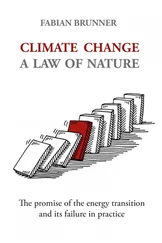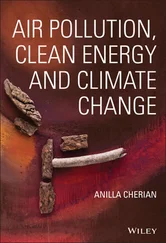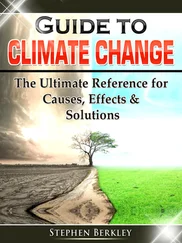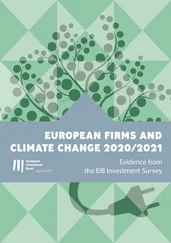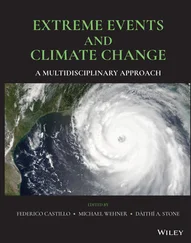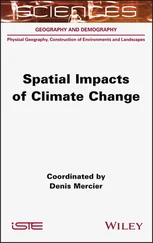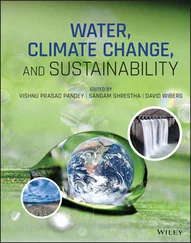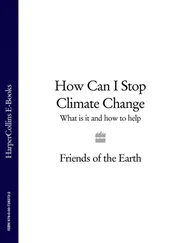ATHABASCA TAR SANDS: A STICKY SITUATION
No matter what the name suggests, the tar sands (also called oil sands ) aren’t a tarry version of the Sahara Desert. They’re boreal forests (coniferous forests, found between 50 and 60 degrees North latitude, across northern Canada, Russia, Alaska, and Asia, as well as Scandinavian Europe) and muskeg (a type of wetland found in boreal and arctic areas) that cover a sandy soil that’s 10-percent bitumen, a viscous material that resembles tarry molasses. To get the oil, you have to squeeze this bitumen out of the sands.
The Athabasca tar sands hold 165 billion barrels of proven retrievable oil. These reserves make it the second-largest oil patch in the world, after Saudi Arabia. Reaching the bitumen involves stripping away the muskeg and boreal forest — a single mine may need more than 6,500 hectares (16,000 acres) of forest cleared, which also has bad consequence by removing more potential carbon sinks from the landscape.
After removing the muskeg and forest, oil companies dig the bitumen out of open-pit mines that are 245 feet (75 meters) deep. To extract the bitumen that lies even deeper, they have to pump huge amounts of water and steam into the ground to loosen it up and bring it to the surface. This process called in-situ mining uses between 2.5 and 4 barrels of water for every barrel of oil extracted, depending on how deep the bitumen lies. In-situ mining produces even more GHG than the open pit mines. This process creates a lot of wastewater, full of toxic waste, that they store behind enormous dikes. The tailings ponds of contaminated water cover 85 square miles (222 square kilometers).
The Alberta government permits the oil sands operation to use more than 1,177 cubic feet (359 million cubic meters) of water annually — twice as much as the city of Calgary, which has a population of more than a million people, uses in the same period. A 2006 report by the Canadian National Energy Board (now called the Canadian Energy Regulator) questioned whether the project’s massive water use was sustainable. Many towns and communities, such as Fort McMurray, also rely on the river from which this water is drawn for their drinking water — the water that the mining uses may one day seriously stress the water source of Fort McMurray residents.
Heating up the bitumen and extracting it from the oil sands takes a lot of energy — energy that’s supplied by … burning fossil fuels. These operations use the equivalent of a third to a half a barrel of oil for every barrel of oil produced. (Anyone see a losing cycle here?)
So, the mining industry consumes a huge amount of energy in order to produce oil, which primarily the United States buys for cars that don’t have proper energy efficiency standards (California excluded!).
Canada’s decision to keep expanding and developing the oil sands is an example for other nations of what not to do — while making oil development a top priority, it’s impossible for Canada to decrease its GHG emissions. The report compared it to the American decision to encourage coal as a form of energy independence and to Brazil’s clearing of rainforests.
Natural gas is almost pure methane by the time it reaches your doorstep. A quarter of the world’s energy comes from natural gas. The Intergovernmental Panel on Climate Change (IPCC) reports show that the Earth contains more natural gas than regular oil, but that natural gas is patchy and spread out in comparison to oil, making it harder to tap into.
Because of how relatively clean it is when burned, some energy analysts have promoted natural gas as a clean-energy fuel to replace coal in power plants. But this solution may not be all it’s cracked up to be. Natural gas
Increasingly comes from nonconventional sources requiring fracking: This involves fracturing of bedrock formations with water and chemicals under high pressure to release otherwise inaccessible sources of gas. It produces a huge volume of GHGs by releasing methane in the process.
Is difficult to transport: Moving natural gas involves liquefying it first, which requires a lot of energy. This liquefying process also creates carbon dioxide emissions, depending on the source of energy. (For instance, coal-fueled energy would create more emissions than hydroelectric energy.)
Is potentially dangerous: Concerns exist around possible pipeline explosions as well as the environmental damage created by gas exploration. Leaks and explosions do happen: On December 14, 2005, the community in Bergenfield, New Jersey, awoke to a tremendous explosion caused by a leaking natural gas pipeline that demolished an apartment building and claimed three lives.
Has larger impacts: Including increasing the number of (generally small) earthquakes.
Fueling Civilization’s Growth: Adding to the Greenhouse Effect
Fossil fuels have been powering human development for a long time. Prior to accessing fossil fuels, the energy driving North America’s economy was in the immoral form of human energy through slavery. This uncomfortable reality has never been fully acknowledged as a source of the initial wealth that led to the Industrial Revolution. Civilization has been steadily consuming more fossil fuels; consequently, more and more carbon dioxide has been pumped into the atmosphere. This section examines how an expanding world population along with growing economies had added to climate change.
A growing world population’s impact
The world’s growing population has been a key factor in the increasing levels of GHGs in the atmosphere. Earth’s population was 1.2 billion in 1850, when the Industrial Revolution was taking place in its infancy. In the past 50 years alone, the population has doubled from 3 billion to more than 6 billion; today the population is nearly 8 billion. Even if the per capita use of fossil fuels had remained relatively stable, the amount of GHGs would have increased. And, of course, use keeps on growing.
 Population growth is slowing and should level off. (The bad news is that this isn’t expected to happen until around 2100 as the Earth’s population reaches 10.9 billion people, according to Pew Research.) Nevertheless, the estimate of population numbers leveling at 10.9 billion is a better outcome than some growth curves that put the Earth at exponential growth to more than 12 billion. It all depends on reducing fertility rates, which all depends on improving the economic, educational, and political status of women and girls.
Population growth is slowing and should level off. (The bad news is that this isn’t expected to happen until around 2100 as the Earth’s population reaches 10.9 billion people, according to Pew Research.) Nevertheless, the estimate of population numbers leveling at 10.9 billion is a better outcome than some growth curves that put the Earth at exponential growth to more than 12 billion. It all depends on reducing fertility rates, which all depends on improving the economic, educational, and political status of women and girls.
Growing economies also play a role
Countries don’t produce carbon dioxide emissions equally. Unfortunately, North Americans are over-achievers when it comes to creating carbon dioxide emissions. One North American emits the same amount as two and a half Europeans, 20 Bangladeshis, or more than 40 sub-Saharan Africans!
Population pressure is a factor, but a growing economy also plays a large role in boosting emissions of fossil fuels. The modern world economy has been hard-wired to use them. Businesses and governments used to think that economic growth depended on using more and more fossil fuels. But then, in the 1970s, when major members of the Organization of Petroleum Exporting Countries (OPEC) drastically reduced oil exports for political reasons, oil prices jumped. As a result, governments encouraged people to use less oil — so they drove less, bought fuel-efficient cars, and practiced energy conservation. Industrialized nations took the first, tentative steps in reducing the use of fossil fuels.
But, after the mid-1980s (when oil prices dived), some old addictions took over. In the United States, for instance, the size of the average home (which needs fossil fuels to heat it) has increased by 50 percent since 1970 (though the size of the average family has decreased), and more drivers are using large, fuel-guzzling vehicles, such as SUVs. (You can read about improving home energy use and about more fuel-efficient vehicles in Chapter 18.) Countries such as Iceland and Sweden, however, switched to a renewable energy base and stayed that way.
Читать дальше
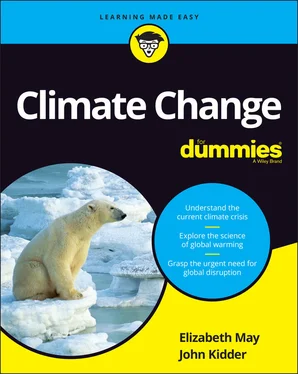
 Population growth is slowing and should level off. (The bad news is that this isn’t expected to happen until around 2100 as the Earth’s population reaches 10.9 billion people, according to Pew Research.) Nevertheless, the estimate of population numbers leveling at 10.9 billion is a better outcome than some growth curves that put the Earth at exponential growth to more than 12 billion. It all depends on reducing fertility rates, which all depends on improving the economic, educational, and political status of women and girls.
Population growth is slowing and should level off. (The bad news is that this isn’t expected to happen until around 2100 as the Earth’s population reaches 10.9 billion people, according to Pew Research.) Nevertheless, the estimate of population numbers leveling at 10.9 billion is a better outcome than some growth curves that put the Earth at exponential growth to more than 12 billion. It all depends on reducing fertility rates, which all depends on improving the economic, educational, and political status of women and girls.